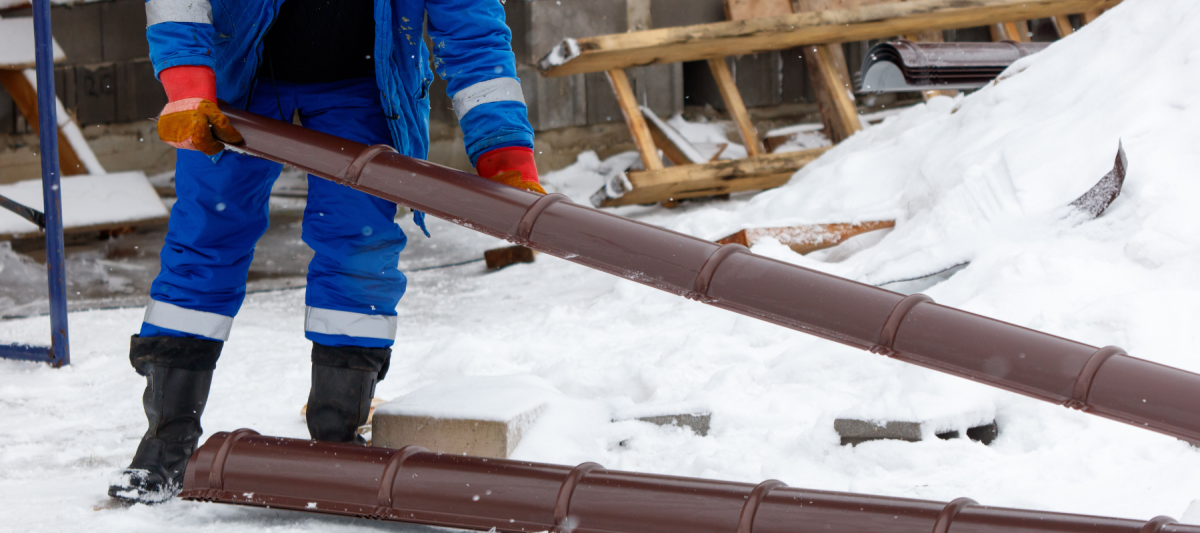
Understanding Cold Stress: A Critical Workplace Hazard
Winter brings unique challenges to workplace safety, with cold stress emerging as a critical concern for workers across various industries. Cold stress occurs when the body cannot maintain its normal temperature, causing internal temperatures to drop and potentially leading to serious health complications. When body heat is lost faster than it can be replaced, workers become vulnerable to dangerous conditions that can compromise their health and safety.
Industries at Risk
Workers in outdoor and indoor environments face different levels of cold stress risk. Construction sites, agricultural fields, transportation and delivery services, utility maintenance, maritime and fishing industries, and refrigerated warehouse operations are particularly susceptible to cold-related workplace hazards. The physiological impact of cold environments is significant and potentially life-threatening.
Physiological Responses to Cold Environments
When exposed to cold temperatures, the human body initiates complex survival mechanisms. Blood vessels constrict to preserve core body temperature, metabolism increases to generate heat, and shivering becomes a natural defense mechanism. Prolonged exposure can lead to decreased muscle function and cognitive impairment, making it crucial for workers and employers to understand and prevent cold stress.
Personal Protection and Prevention Strategies
Proper preparation is the first line of defense against cold stress. Workers should focus on comprehensive personal protection strategies, beginning with smart clothing selection. Layering is key—starting with moisture-wicking base layers, adding insulating middle layers, and finishing with waterproof and windproof outer garments. Protecting extremities becomes critical, with special attention to insulated gloves and warm, protective footwear that prevents heat loss and maintains circulation.
Workplace Safety Protocols
Workplace safety protocols play an equally important role in preventing cold stress. Employers should implement mandatory warm-up breaks, provide heated break areas, and develop rotation strategies that limit prolonged exposure to cold environments. Comprehensive training programs that help workers recognize early warning signs of cold stress are essential for maintaining workplace safety.
Recognizing Cold Stress Symptoms
Recognizing cold stress symptoms can mean the difference between a minor incident and a serious medical emergency. Hypothermia warning signs include uncontrolled shivering, slurred speech, confusion, unusual drowsiness, and extreme exhaustion. Frostbite presents through distinct indicators such as skin discoloration, a waxy or firm skin texture, numbness, and painful tingling sensations.
Emergency Response and First Aid
Immediate response is crucial when cold stress is suspected. Workers should be trained to move affected individuals to warm areas, remove wet clothing, and gradually warm the body. Providing warm non-alcoholic beverages and seeking prompt medical attention can prevent long-term health complications.
Northwest Safety and Risk Services: Your Cold Stress Solution
Northwest Safety and Risk Services offers a comprehensive Cold Stress Online Course designed to address these critical workplace safety concerns. This innovative training program provides in-depth knowledge about cold stress identification, preventive strategies, emergency response techniques, and industry-specific risk management. By completing this course, organizations can significantly reduce workplace incidents, enhance worker safety awareness, and demonstrate a genuine commitment to employee well-being.
Proactive Safety Matters
Cold stress is more than a seasonal challenge; it's a serious workplace safety concern that requires proactive management. Understanding risks, implementing prevention strategies, and investing in professional training are essential steps in protecting workers. Northwest Safety and Risk Services' Cold Stress Online Course provides the knowledge and tools necessary to create a safer, more informed workplace during the coldest months.
Don't wait for a cold stress incident to occur. Prepare, educate, and safeguard your team today by enrolling in the Northwest Safety and Risk Services Cold Stress Online Course.
